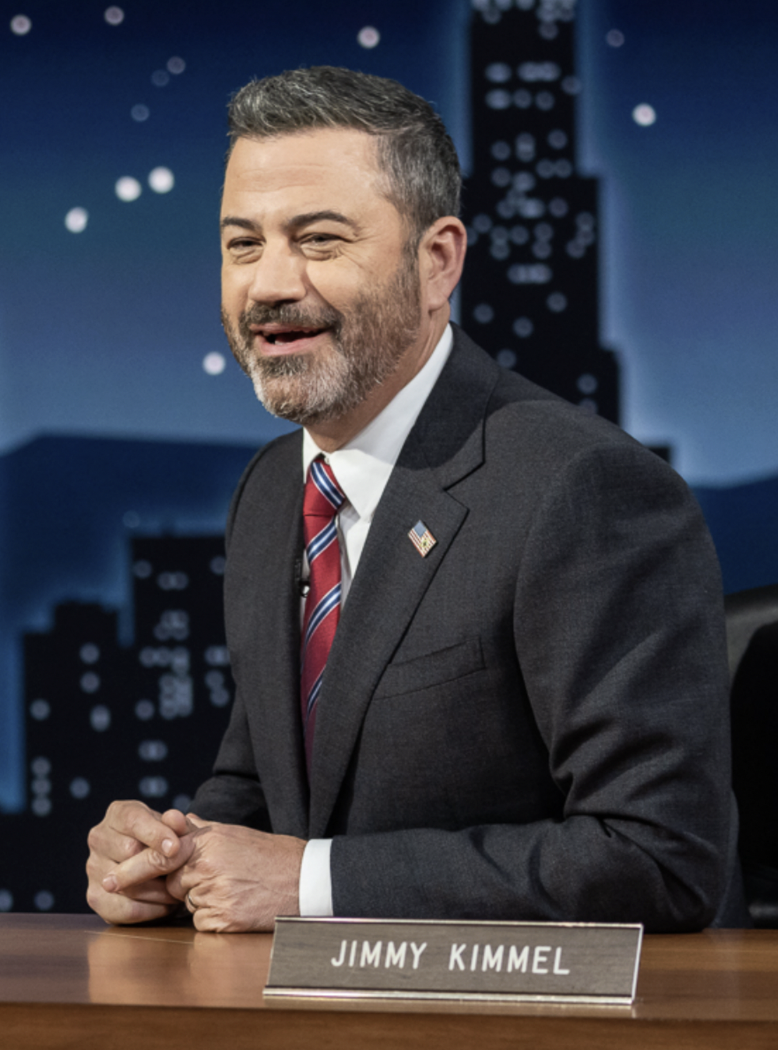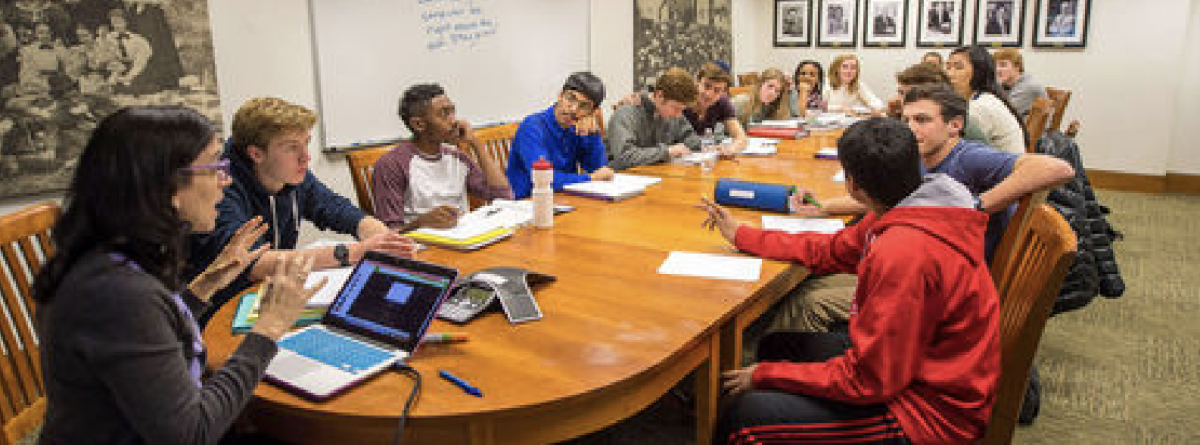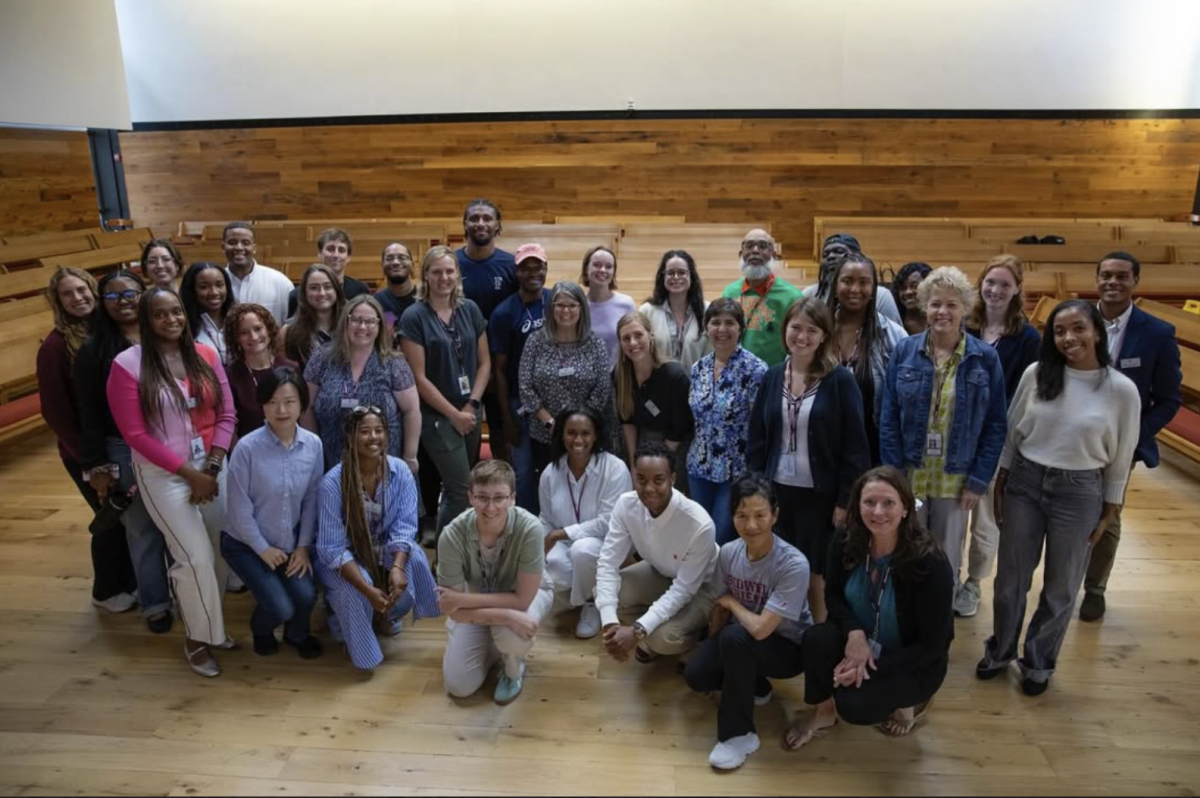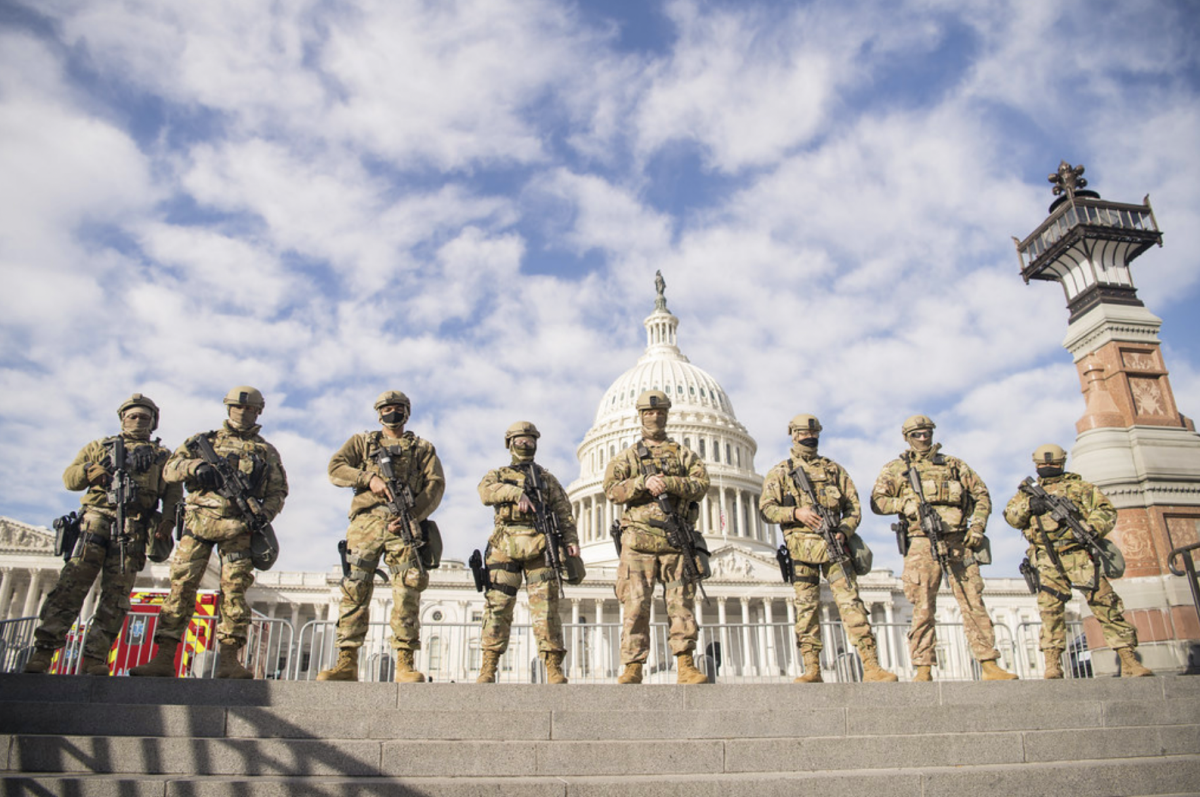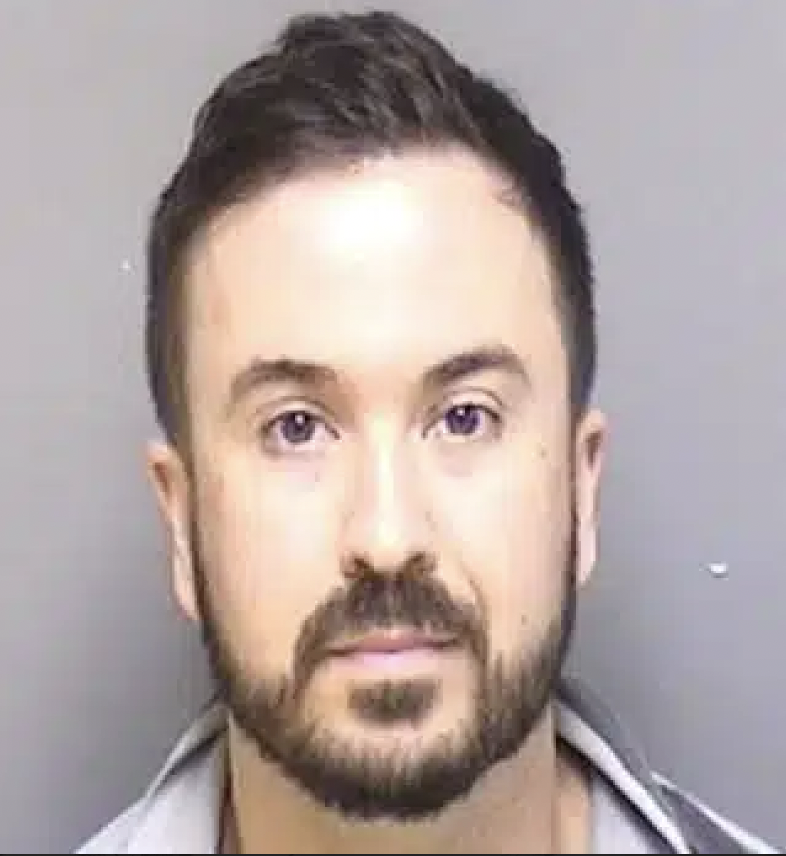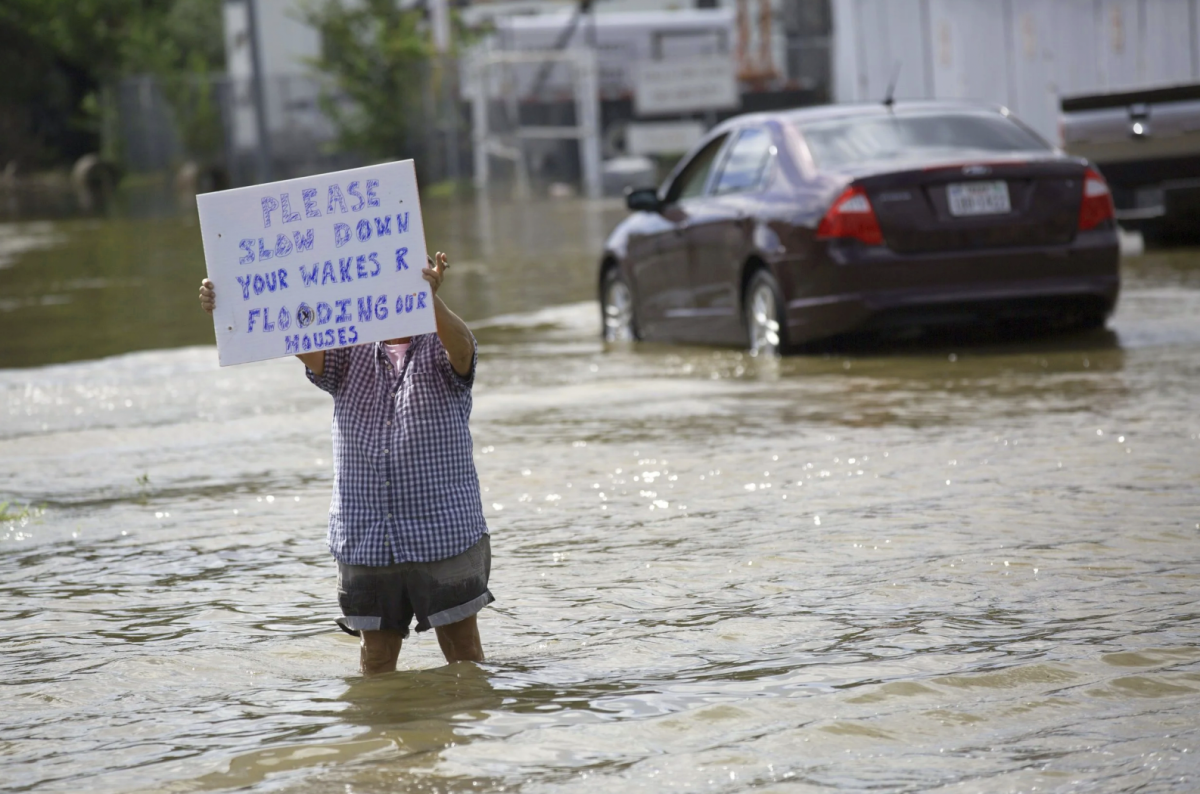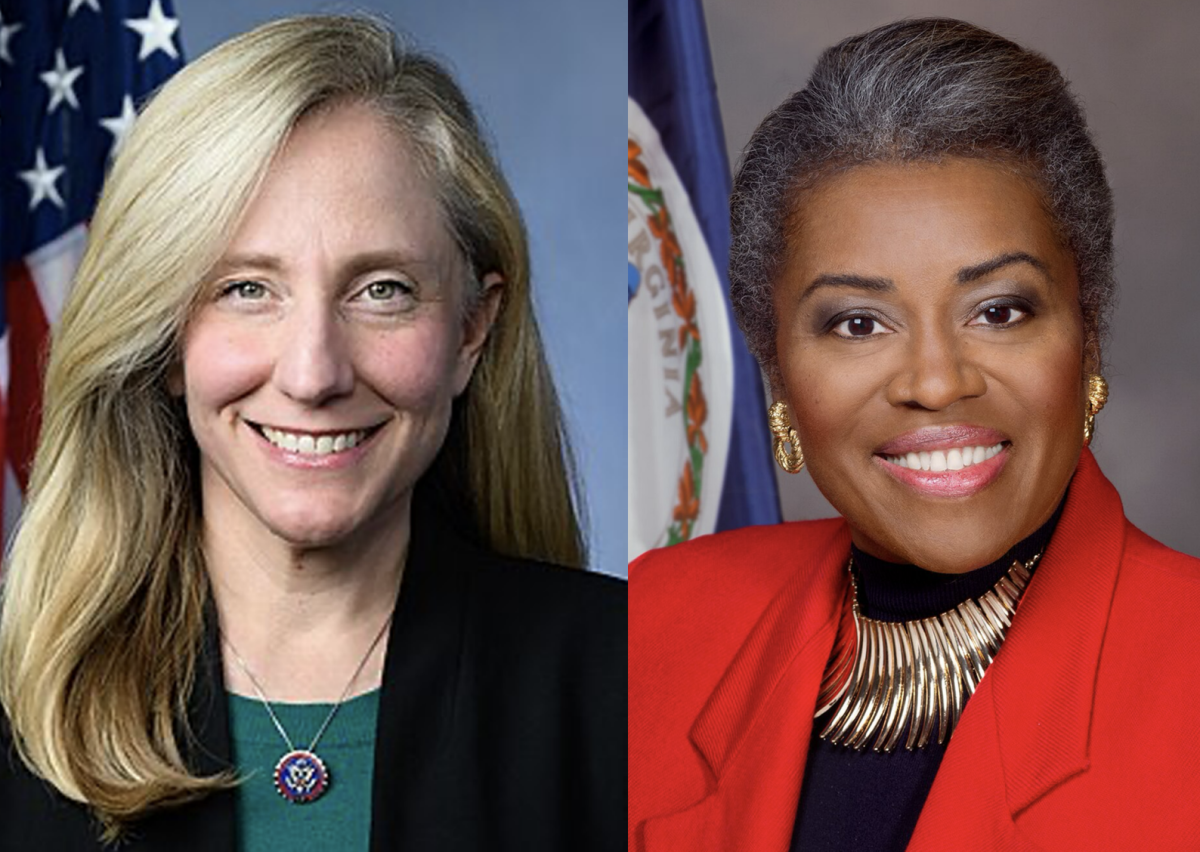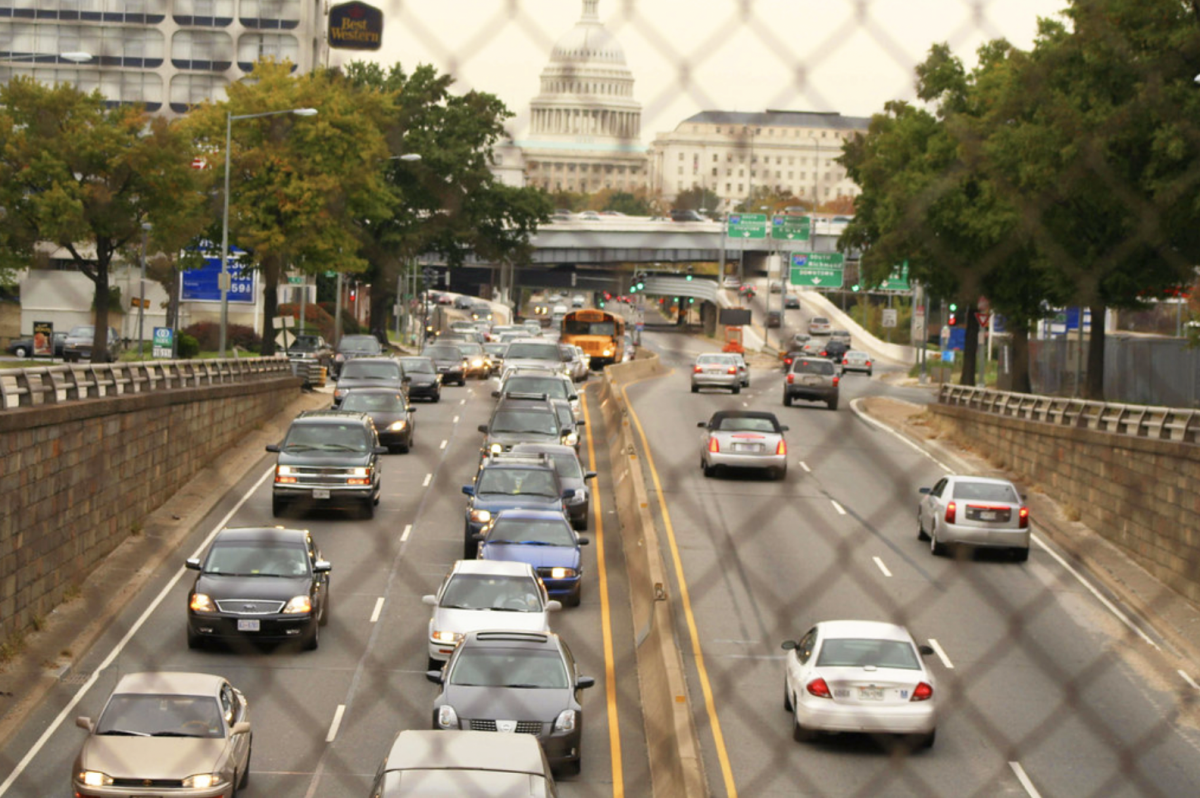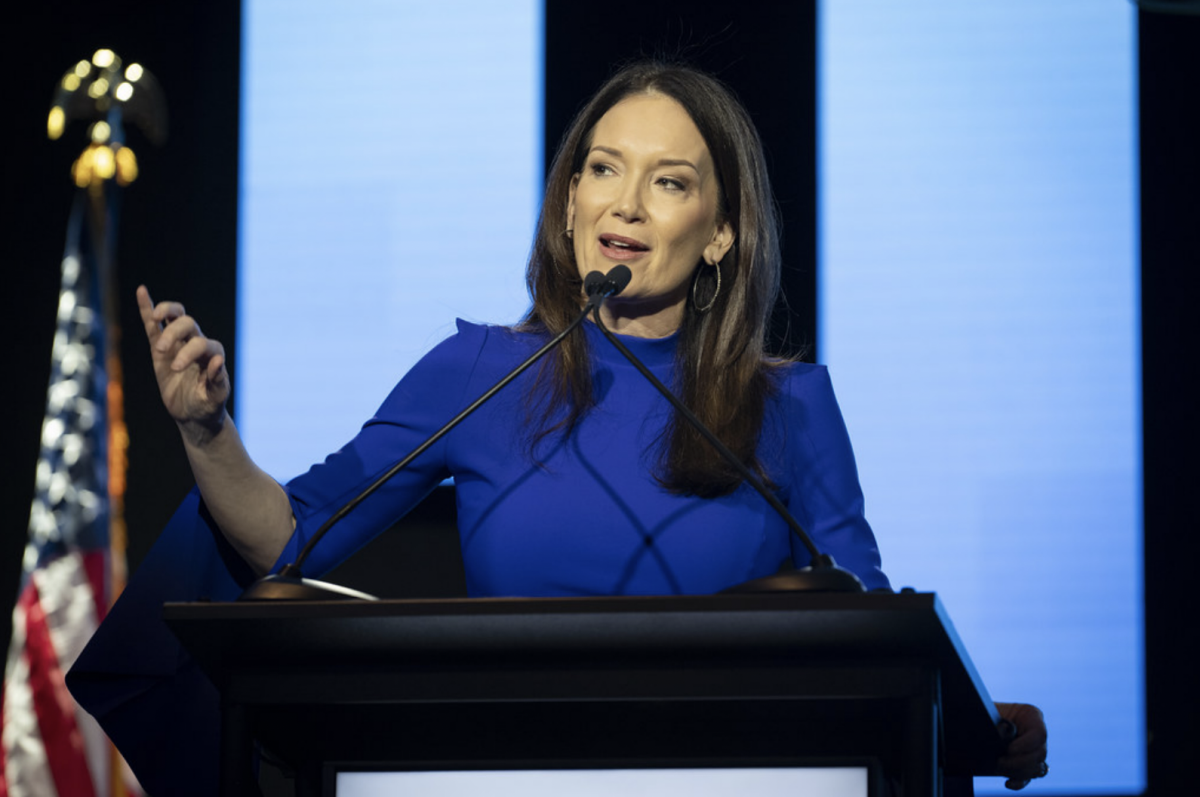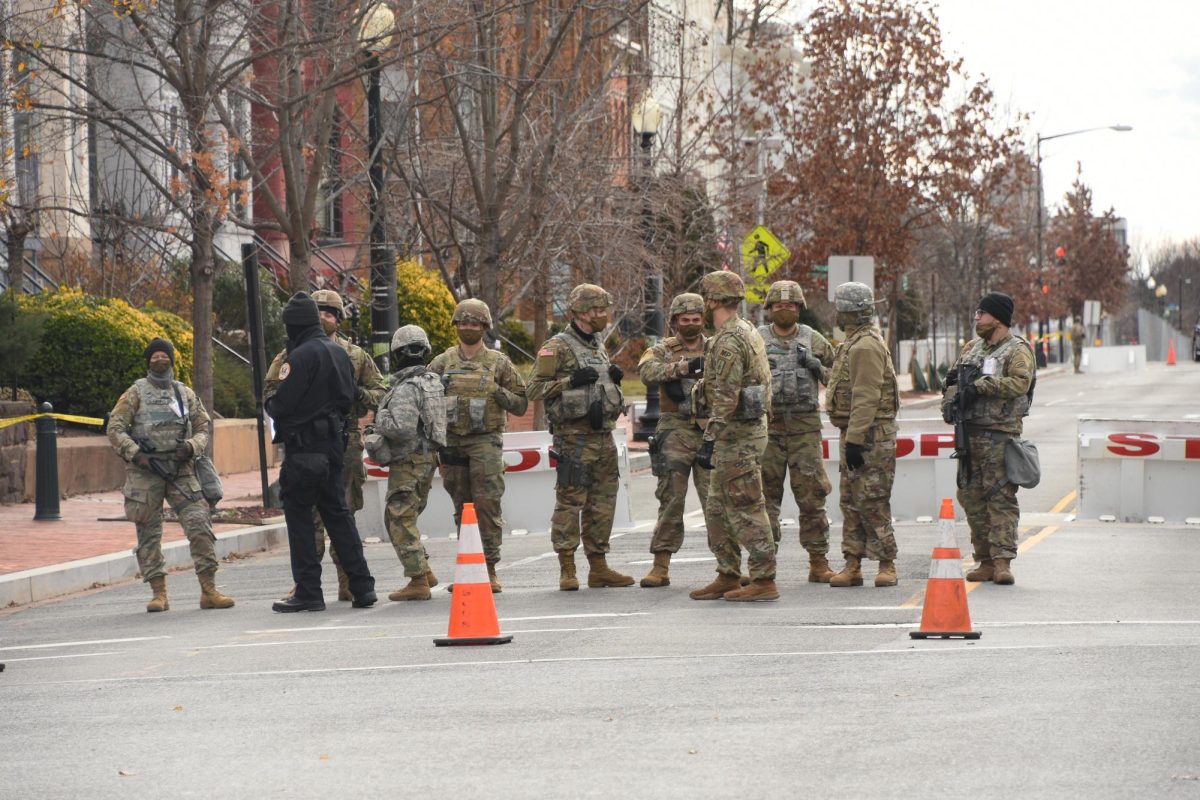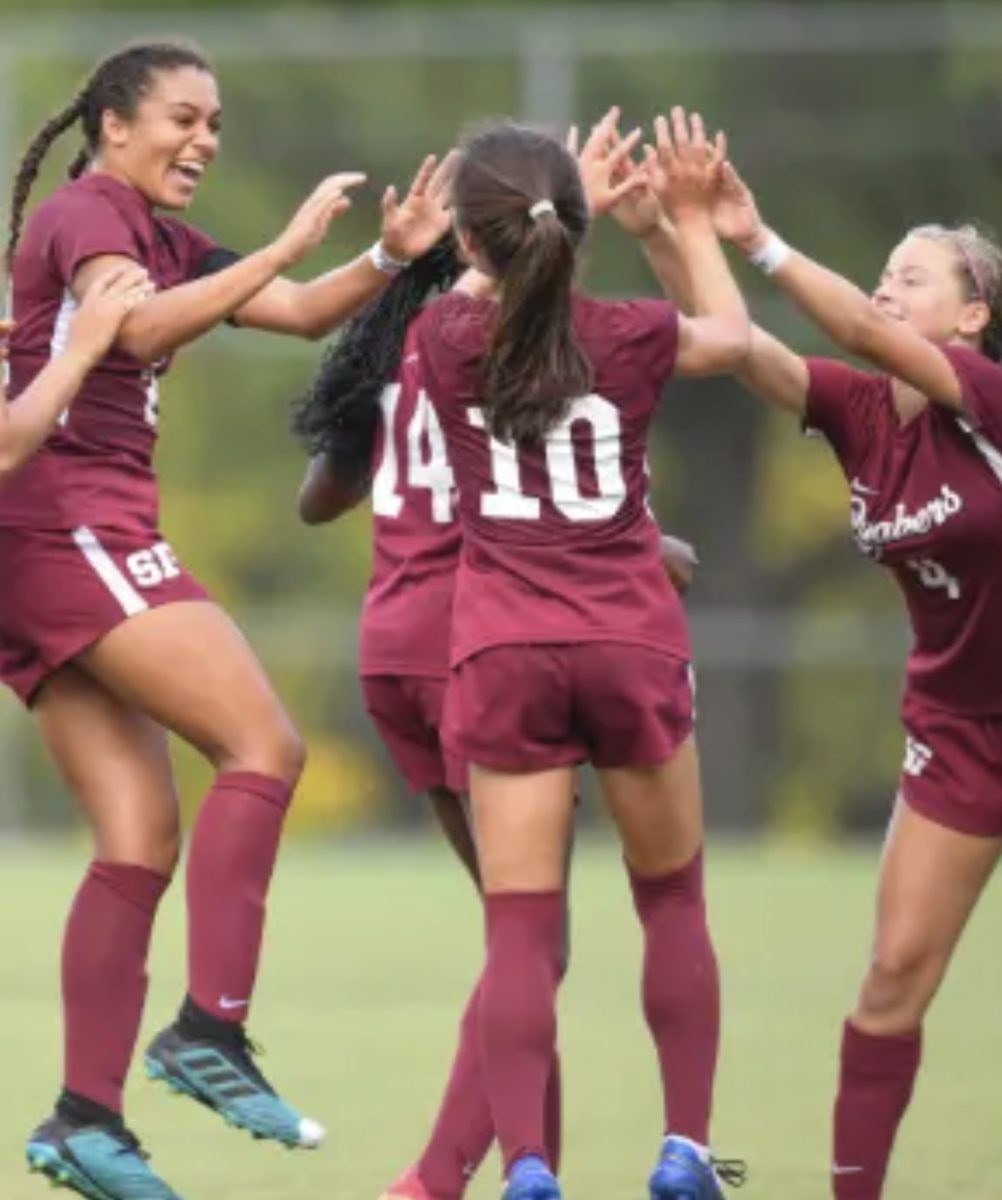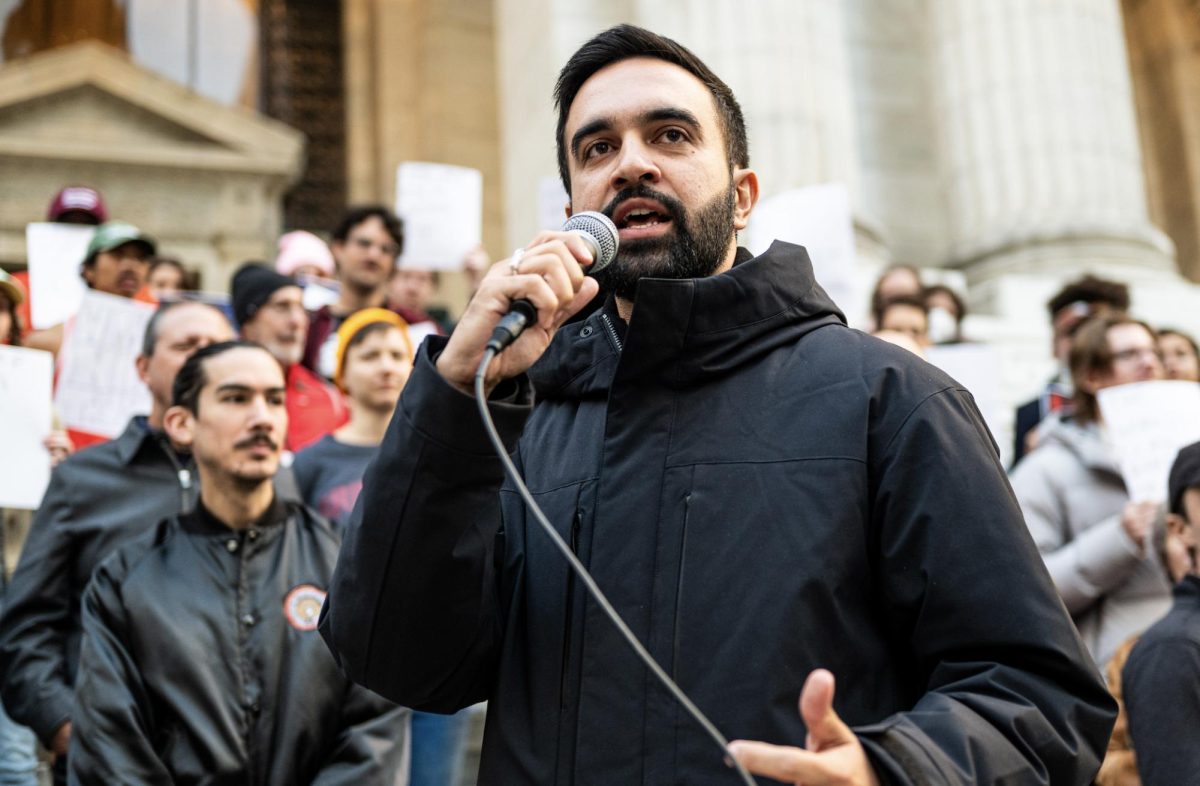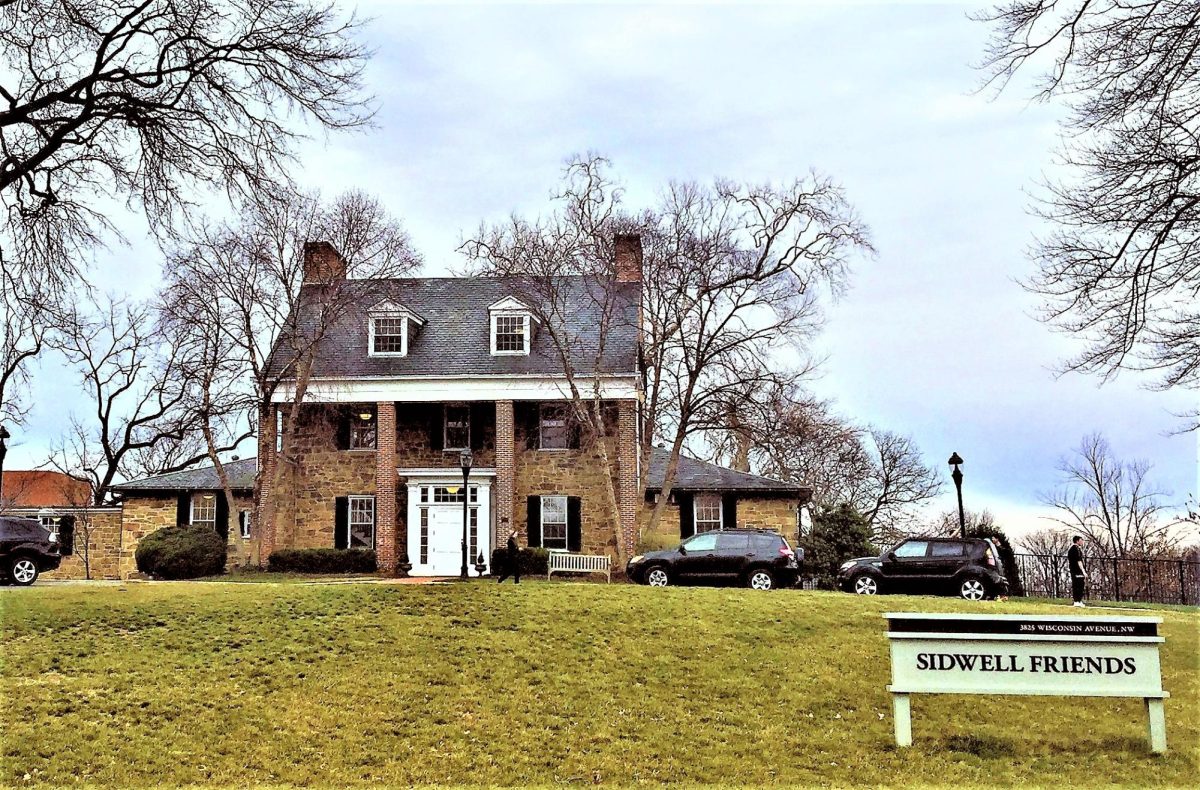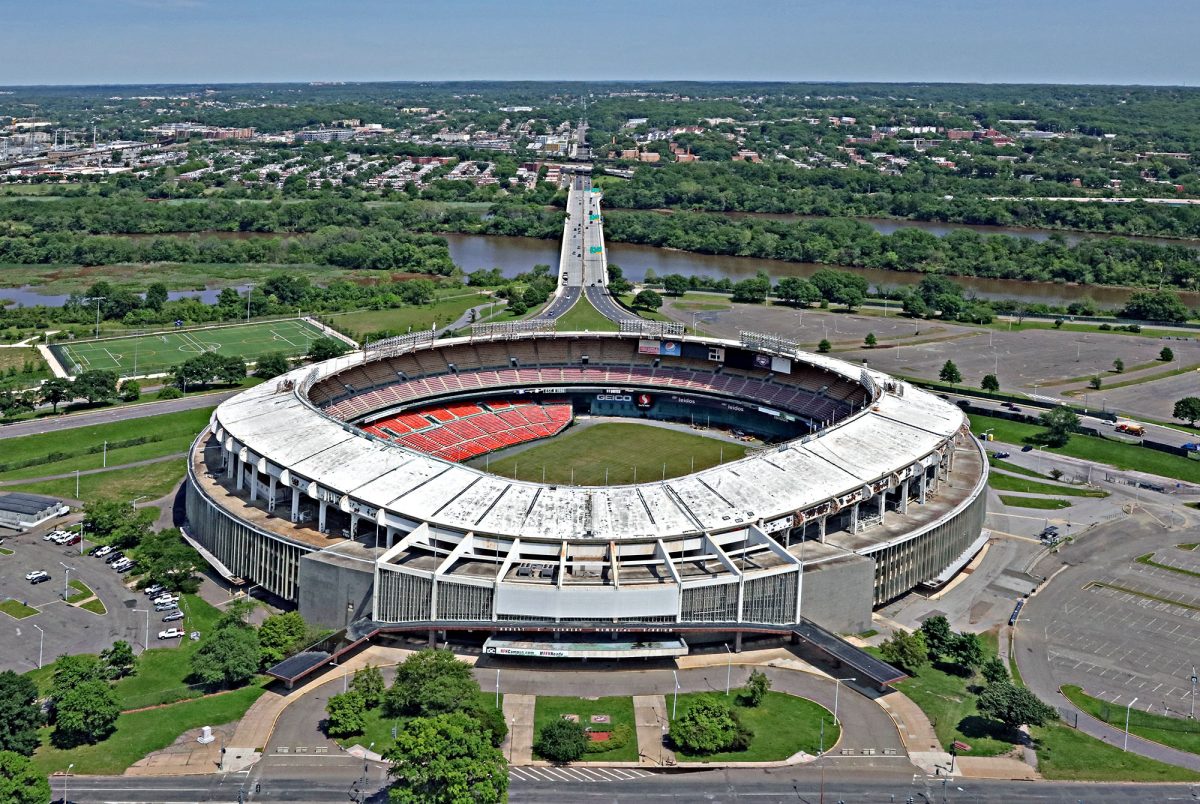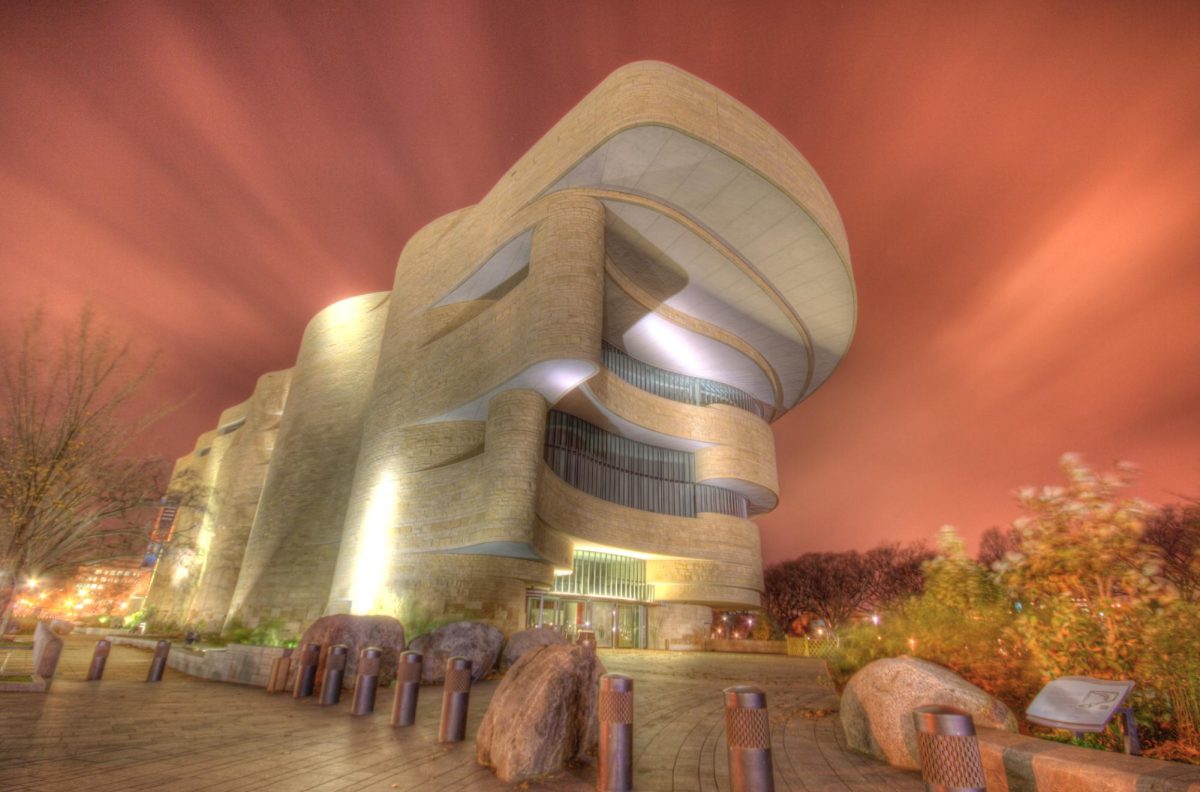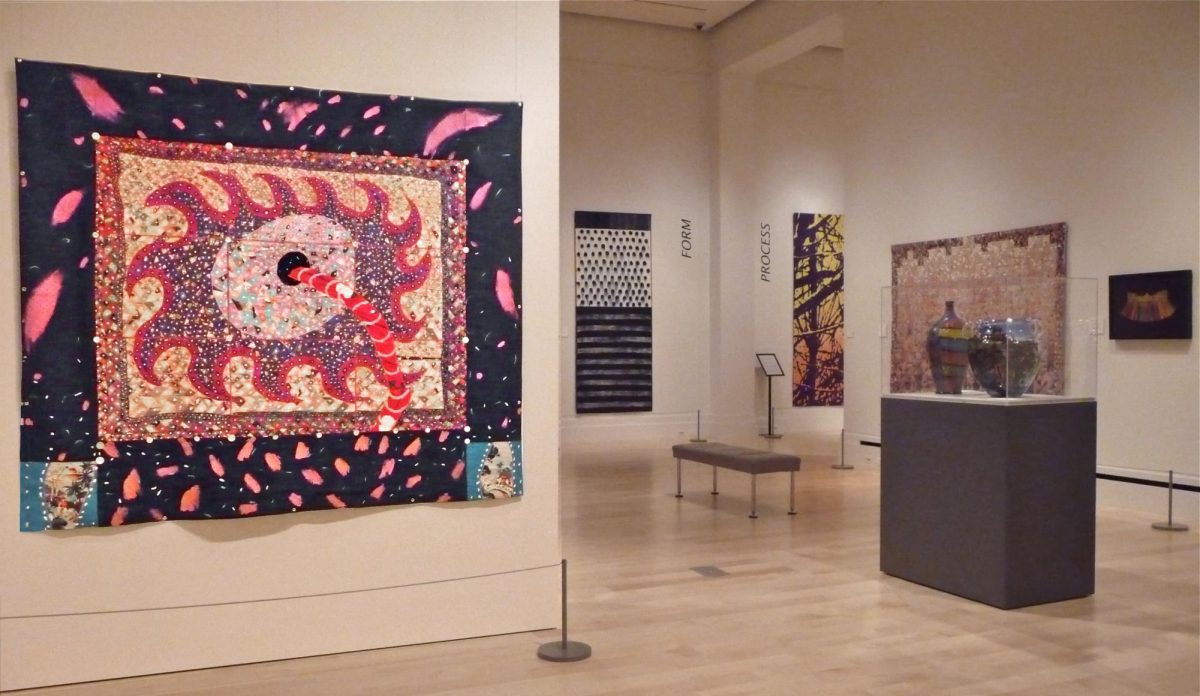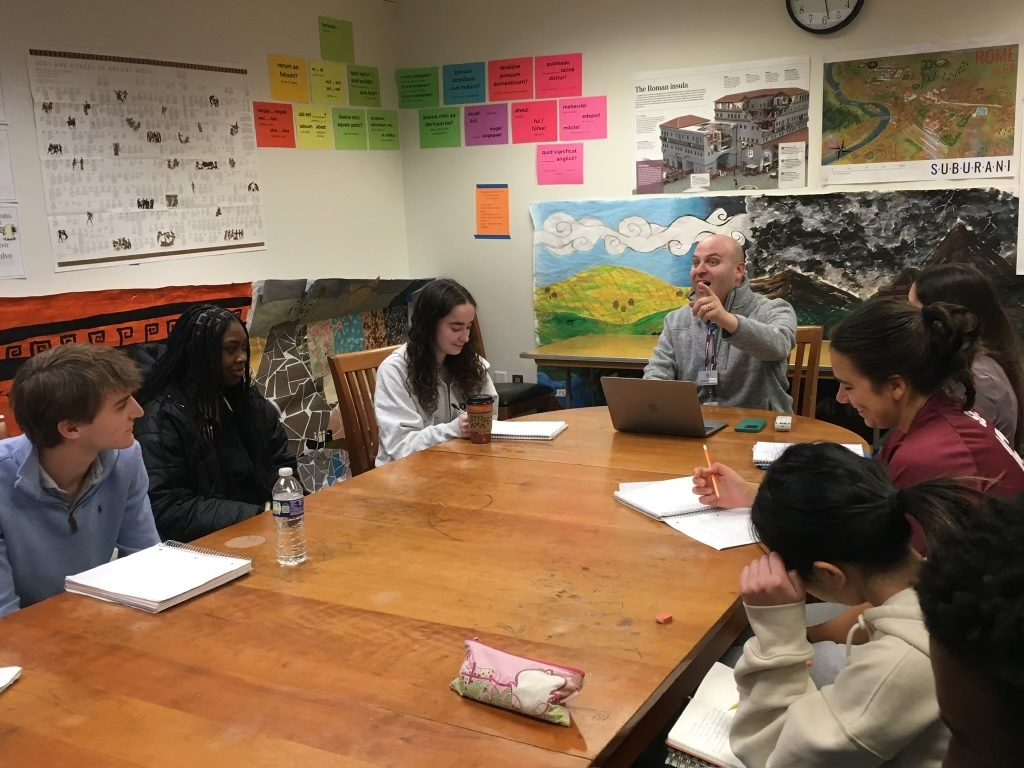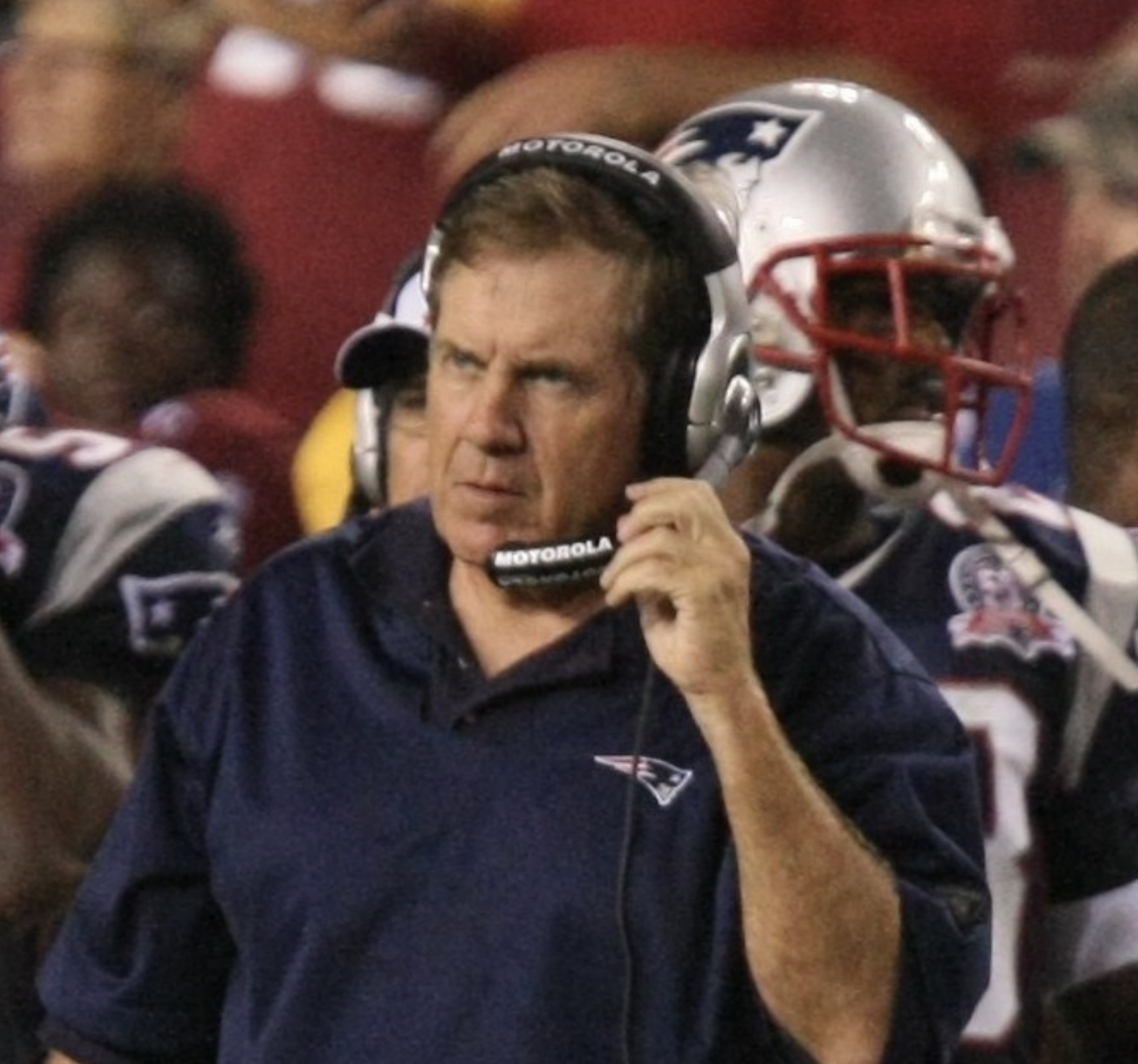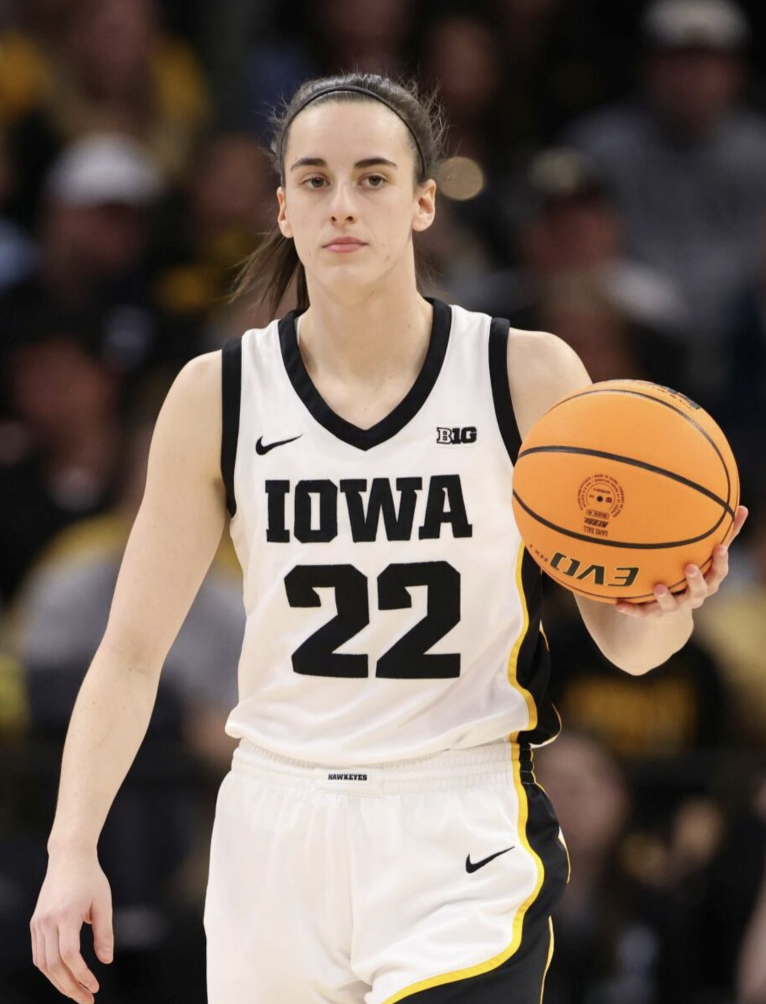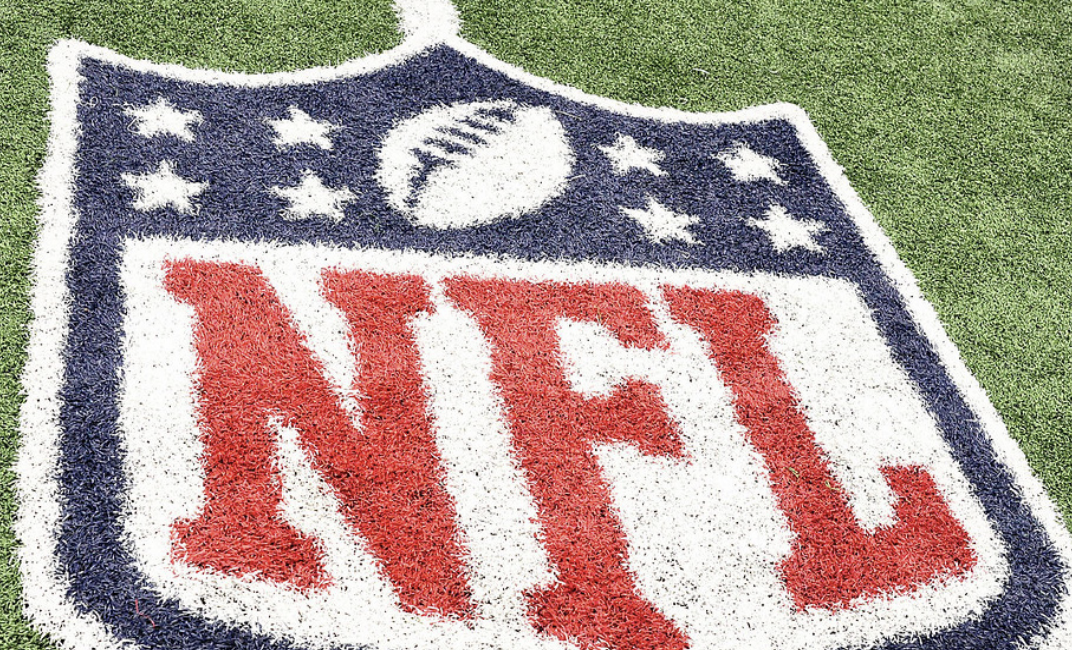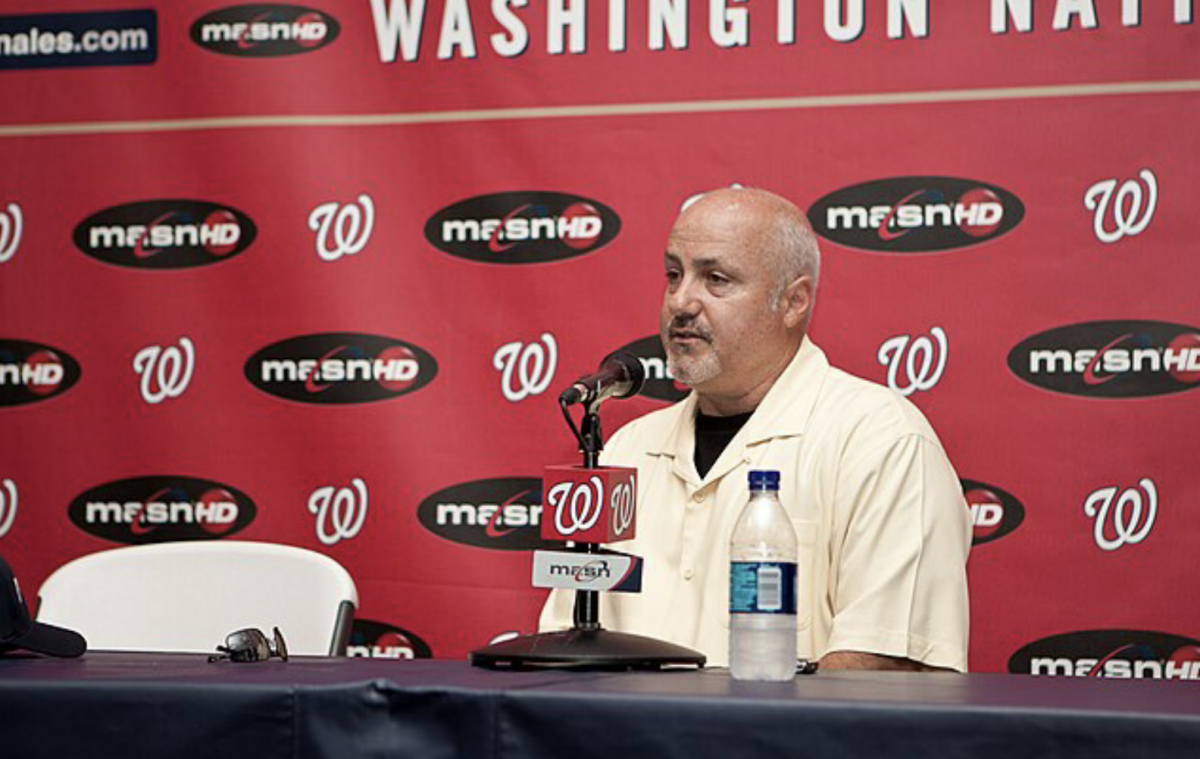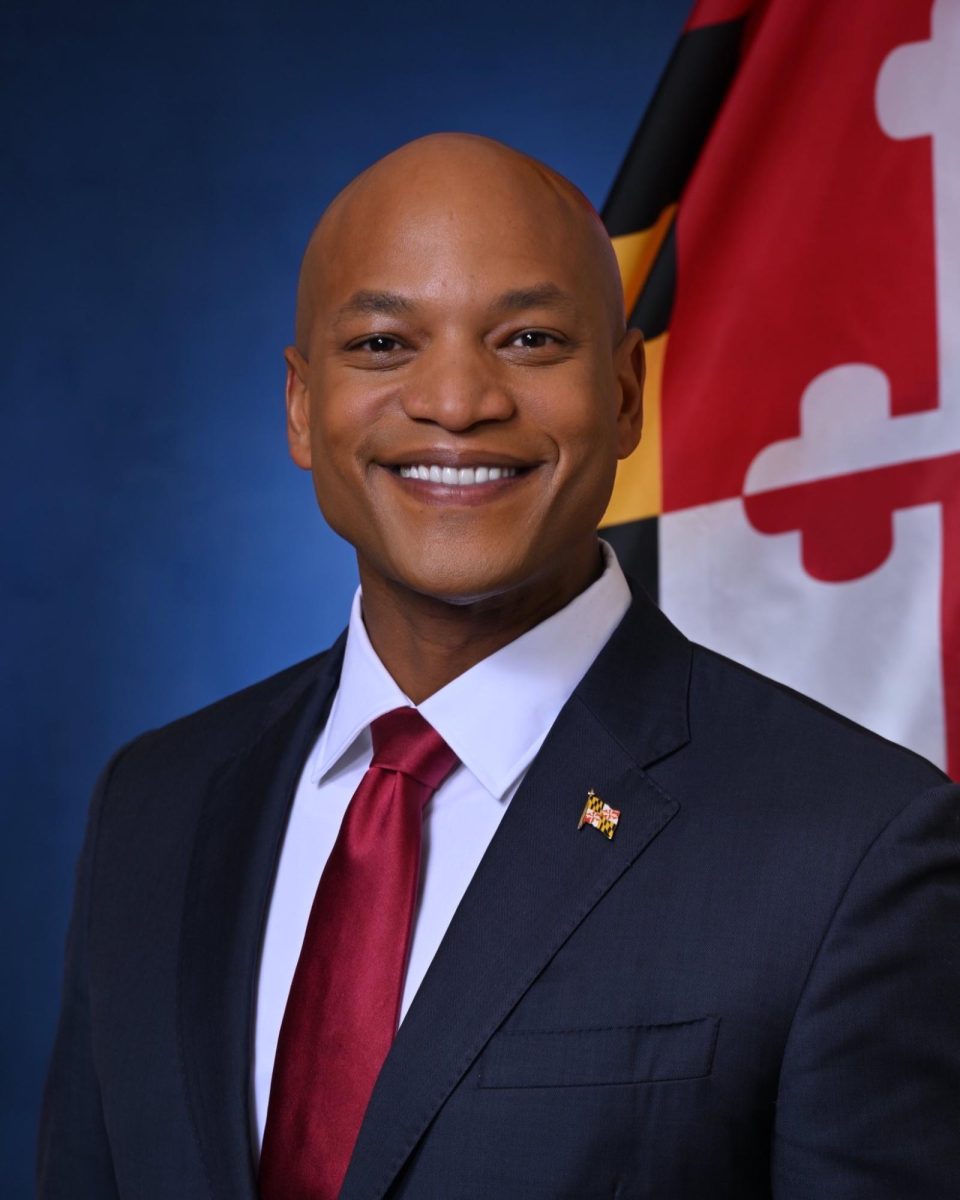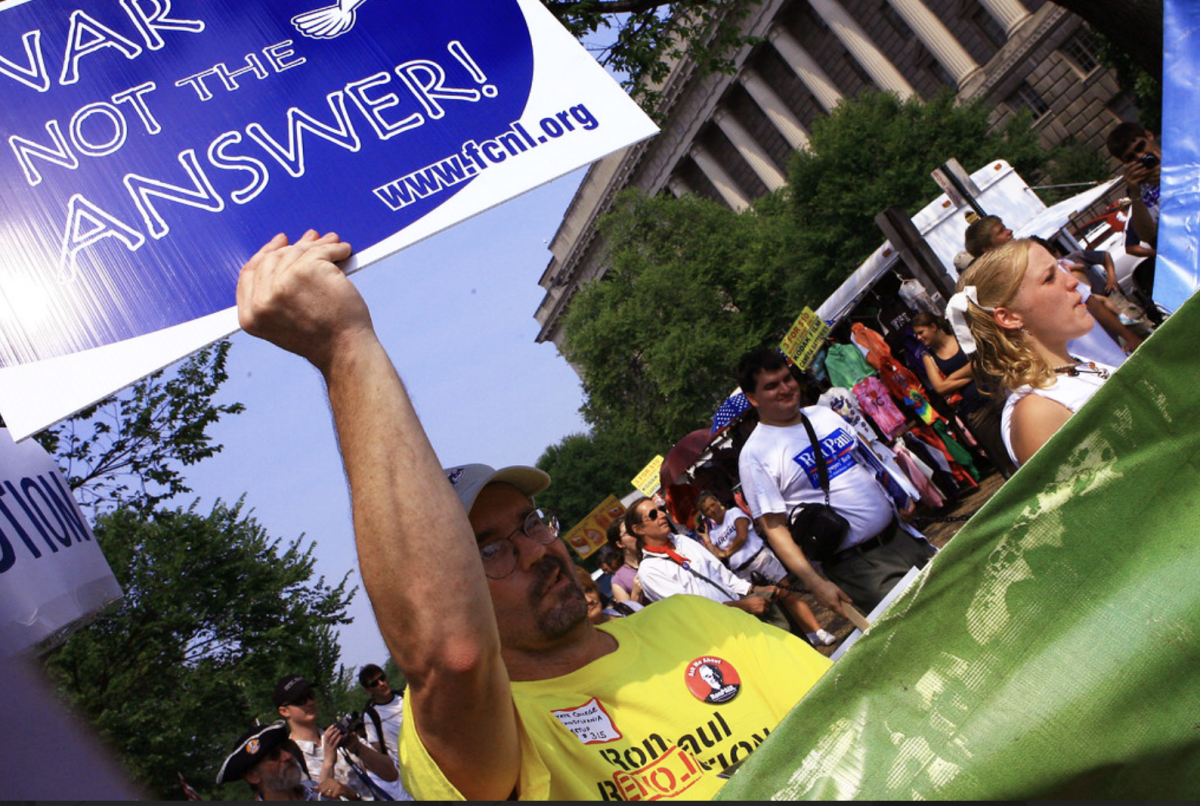On Jan. 18, 2024, Maryland Governor Wes Moore signed a bill that creates a new executive office for juvenile crime reduction, reaffirming the Moore-Miller administration’s commitment to helping Maryland’s youth and protecting the public’s safety. Moore believes the new law will help combat child poverty and increase public safety. He explained in a press release that his Office for Children would build networks of support programs to “promote social and emotional well-being, reduce food insecurity, combat youth homelessness, expand access to health services, improve education outcomes and job readiness, expand access to good jobs and increase economic opportunity in sustainable ways.”
Special Secretary Carmel Marin plans to serve as the senior advisor in the new children’s office. In relation to her new position, Martin said in a press release, “I am so thankful to serve under Governor Moore in this war against child poverty and for a state in which every Marylander can thrive.”
Maryland has faced issues of juvenile laws and safety for many decades. On Sept. 7, 1974, Maryland legislature passed the Juvenile Justice and Delinquency Prevention Act, the first significant step toward lowering juvenile crime. This act provided a comprehensive, coordinated approach to the problems of juvenile delinquency and aided incarcerated youth. Since then, various laws have been passed to reduce crime and poverty for youth, and Gov. Moore hopes the new office will continue to do the same. Currently, Maryland has a 151 per 100,000 youth incarceration rate, according to the University of Maryland Profile of Beyond the Count Report. According to the American Civil Liberties Unity, nearly 60,000 youth are incarcerated in the United States.
Although arrests of youth may have decreased in Maryland over the years, other issues surrounding juvenile crimes have increased. Montgomery County State’s Attorney John McCarthy stated in a press release that the number of juvenile gun offenses has increased 220% from 2022 and carjackings have increased by 200%. McCarthy believes one reason for this is the under-policing in many of Maryland’s counties. Racial bias, which continues to plague the U.S. prison system, has significant impacts on the youth incarceration system as well. In Maryland, Blackyouth are around six times more likely to be incarcerated, according to the nonprofit No Kids in Prison, generating a mass incarceration phenomenon. With the newly signed Office for Juvenile Crime Reduction, Moore hopes to bring down juvenile crime and address these racial biases.
Moore and his administration hope that the new office will help make Maryland a place for children to thrive. As Lieutenant Governor Aruna Miller stated in a press release, “Governor Moore and I are committed to ensuring every child in our state has opportunities for growth, education and a nurturing community.”
Annie E. Casey Foundation President and Chief Executive Officer Lisa M. Hamilton believes the effort should be celebrated by all Maryland residents. “The launch of the Governor’s Office for Children is an important step toward creating a brighter future for kids and families in our state,” Hamilton stated in the Annie E. Casey Foundation website.
The office is part of Maryland’s continued effort to raise the bar in terms of safety concerning children and their education. Moore and his administration hope that more states will start to take more steps regarding issues of youth incarceration.
As Moore says on his website, “Now is the time for us to say in one voice that we refuse to accept childhood poverty and that we refuse to accept cycles of crime for certain children in certain neighborhoods as a fact of life in the State of Maryland.”

